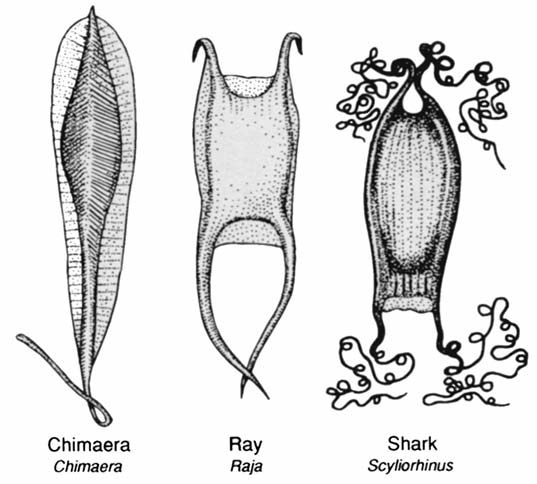
This Article From Issue
September-October 1999
Volume 87, Number 5
DOI: 10.1511/1999.36.0
Comparative Vertebrate Reproduction. Julian Lombardi. 469 pp. Kluwer Academic Publishers, 1998. $79.65.
Reproduction is a crucial part of any organism's biology. Individual differences in reproductive success drive evolution and have helped explain why selection has resulted in the amazing complexity and wealth of reproductive adaptations among vertebrates. In the preface of this comprehensive and well-written book, Julian Lombardi sets out to provide "a broadly-based introduction to the exciting and interdisciplinary field of vertebrate reproduction and have it designed to be of use to advanced undergraduate and graduate students in biology, zoology, physiology, veterinary medicine, as well as a reference for researchers in vertebrate reproduction and allied fields."

From Comparative Vertebrate Reproduction.
Lombardi undoubtedly lives up to his goal of presenting an integrated treatment of the structure and function of vertebrate reproductive systems by fully exploiting his experience teaching courses in comparative vertebrate reproduction and his study of reproduction in viviparous fishes. A marvelous aspect of this book is that treatment is given to such a wide range of topics and is high in quality and wide in breadth for all levels of organization examined.
This book provides thoughtful and well-organized summaries of extensively published information in diverse fields of comparative vertebrate reproduction. Following a broad but unfortunately scanty introduction, the author's comparative approach covers, among other topics, sexual differentiation, modes of reproduction, gamete production, fertilization and embryogenesis. Each part of the book is subdivided into smaller sections that offer unusually extensive and diverse reading. Although this book presents essential factual material in comparative vertebrate reproduction, it goes beyond most standard approaches and includes many important topics such as life histories and behavioral ecology—for instance, mating systems and reproductive ecology—that are not always covered in similar works.
The book's breadth, however, has resulted in a few shortcomings, most notably in its sometimes cursory coverage for some vertebrate groups. Also, I found it unfortunate that the author included only selected references instead of a comprehensive list of literature and that he left out chapter summaries. It is also inevitable that a book of this scope contains minor gaps in areas least familiar to the author. For example, concepts and references given in some chapters are rather dated and are especially noticeable in the last chapter dealing with aspects of behavioral ecology and reproduction.
Despite these few shortcomings, the chapters are generally authoritative, providing useful overviews of a variety of research topics in vertebrate reproduction. The book is first rate: very broad, readable (including extra explanations provided in many useful footnotes), well illustrated with many useful figures and tables, organized, thorough, clearly written and truly integrative in its coverage of the biology of comparative reproduction. It will work well as a text and as a valuable reference for professionals from a multitude of disciplines.—Trevor E. Pitcher, Department of Zoology, University of Toronto, Toronto, Canada
American Scientist Comments and Discussion
To discuss our articles or comment on them, please share them and tag American Scientist on social media platforms. Here are links to our profiles on Twitter, Facebook, and LinkedIn.
If we re-share your post, we will moderate comments/discussion following our comments policy.